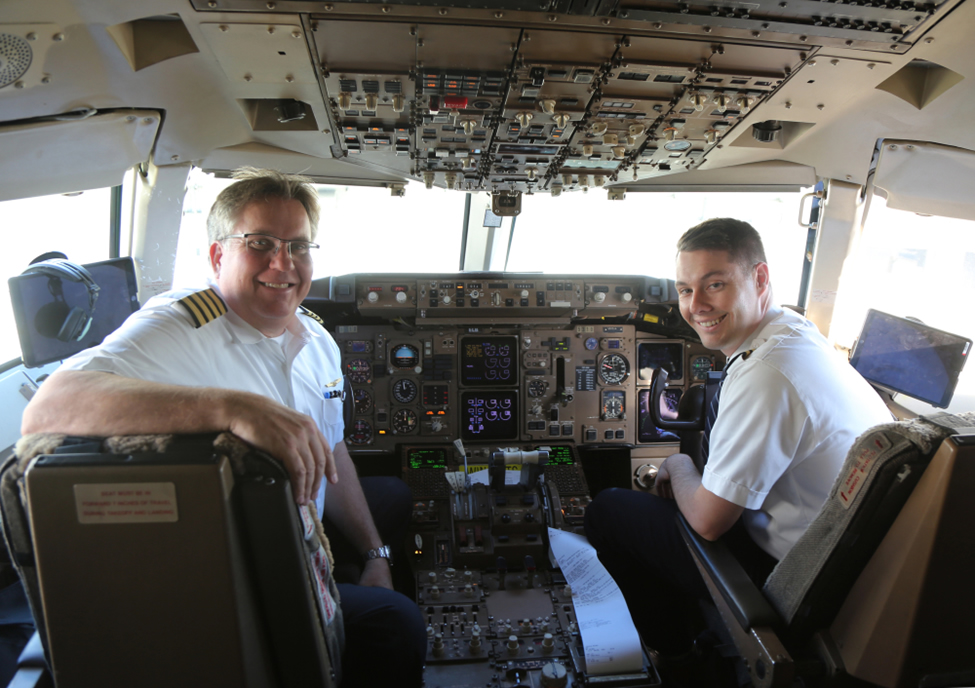What New Pilots Should Know About Flying Internationally
Many new pilots have the goal of flying internationally, which can be a notable milestone to reach in your career progression. While there are undeniable benefits from being able to pilot international flights, there are also unique challenges that must be considered.
As a pilot preparing for an international flight, you must be prepared for the various weather conditions, regulations, and different flying environments that might be encountered on your journey. Here are a few things that can be helpful when you are starting to fly internationally:
Take Time to Learn About International Regulations and Procedures
There are unique regulations that you need to know about. Study the International Civil Aviation Organization (ICAO) rules, which are the standards for all international flights. Also, keep in mind that there are differences in airspace classifications, communication requirements, and navigation regulations that must be followed.
Changes in Air Traffic Control (ATC)
The language used for international aviation is English. Even if you are a fluent or native English speaker, there can still be challenges in understanding ATC due to regional phrases and accents. Be sure that you are clear with your communication and always ask for clarification if there is anything that you are unsure about in the instructions you receive from ATC.
Study Local Weather Patterns
There might be regional weather conditions that you are unfamiliar with. For example, find out if you will be facing icing, monsoons, or turbulence because of the typical weather in the area. Luckily, modern data and technology make it relatively easy to access real-time weather details so that you can be briefed on the flight path and conditions.
Considerations for Longer Flights
Most international routes require a bit more preparation since these flights are longer compared to domestic routes. You’ll need to know your fuel requirements and have backup plans in place, including fuel reserves if it’s necessary to reroute to an alternate airport. Pilots should also plan rest stops and stay properly fed and hydrated when on longer flights.
Prepare Navigation and Destination Airport Requirements
Be sure that your navigation systems are configured for the international routes you will be following. Also, bring up-to-date aeronautical charts for these areas. It’s also a good idea to check the destination airport requirements, such as any customs regulations, runway conditions, landing and parking fees, etc. Each airport is unique, which is why you need to learn more about each facility in advance. Make sure you always have copies of your licenses, certifications, and any other permits that are needed for this trip.
– Written by Becki Andrus
